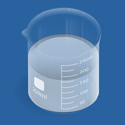-
About
- About Listly
- Community & Support
- Howto
- Chrome Extension
- Bookmarklet
- WordPress Plugin
- Listly Premium
- Privacy
- Terms
- DMCA Copyright
- © 2010-2025 Boomy Labs

 Leonard Wong
Leonard Wong
Listly by Leonard Wong
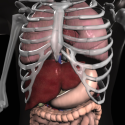
iPhone Version
This robust application that combines 3D models, video, audio lectures, quizzes and text to create a rich learning experience. Includes basic information on the brain, heart, stomach, spleen, pancreas, small intestines, reproductive organs, large intestines, kidneys, liver, skin and lungs. Also learn about cells, tissues and organ systems. Each section includes beautiful diagrams of the organ anatomy, histology and location, along with text, video, audio and 3d models that support easy learning.

Virtual Heart lets you explore multiple real-time views of the human heart, using the same highly realistic visual elements as the iconic Giant Heart at the Museum of Science and Industry, Chicago.
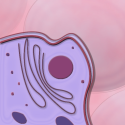
iCell 3.0 includes all new 3D models of cellular organelles that are more accurate and realistic than those previously released on the iPhone/iPad.

It contains over 200 medical images that can be displayed for presentation purposes, saved as wallpaper or shared with friends / colleagues.
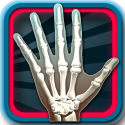
An adaptation of the original Powers of Minus Ten, made for the show Scientastic!, produced by Planet Earth Television.In this version of POMT, zoom into human bones, see how broken bones heal, and investigate some of the cool and weird cells found in the middle of our most sturdy organs.Free for a limited time!
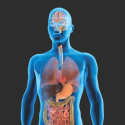
The Mighty-Mindz Multimedia Human Bio kit helps children understand the wonders of the human body and its major biological systems. Combined with a human body model, the interactive learning kit contains fun activities and quizzes that will take a close up look at our body. The hands-on approach will engage, entertain and educate your child.
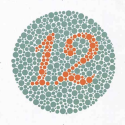
These series of images in this app are designed to provide a test which gives a quick assessment of color vision deficiency of congenital origin.
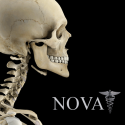
The Skeletal Head and Neck Pro III was developed in collaboration with Stanford University School of Medicine, Division of Clinical Anatomy.This app is being offered free to all iPad users to demonstrate the functionality inherent in all 3D4Medical anatomical reference apps.
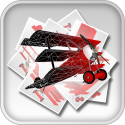
Automatically turn your photos into amazing 3D models with Autodesk 123D Catch.Capture the world around you in a whole new way!

123D Make lets you turn 3D models into 2D build plans with animated assembly instructions. This intro version of Make for iOS lets you explore some of the basic concepts and features of this amazing technology.
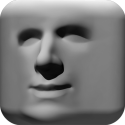
The most fun you can have sculpting without getting your hands dirty! With Autodesk® 123D™ Sculpt you can sculpt and paint interesting and realistic 3D shapes. It’s easy to get started. Choose a shape from the library of creatures, humans, vehicles, and more. Then push, pull and paint to make the sculpture your own. When you are done, take snapshots in the camera room or create animated QuickTime turntable movies to upload to YouTube or email to friends

Create amazing 3D printable designs, right on your iPad! With Autodesk 123D Design you can make your own products, parts, or creations. What you design is up to you

Did you ever wonder why the periodic table is shaped the way it is, what gives each element its own unique set of properties, or even how elements combine to make everyday objects such as a cup of coffee? With “NOVA Elements,” explore an interactive periodic table, play a game hosted by David Pogue, or watch the two-hour NOVA program, “Hunting the Elements.”
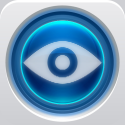
Visual Acuity Test- Astigmatism Test- Duochrome Test- Colour Test- Far field vision test- Optician Finder- Eye Quiz - Eye Advice and facts- iPhone / iPod / iPad
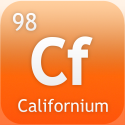
Mild EleMints is an interactive Periodic Table for the iPhone and iPod Touch. It is the free version of EleMints, which not only offers a Periodic Table, but also a Plot
支援繁體中文
Graph, Element listing, Electron Diagram and a wealth of information on every element.
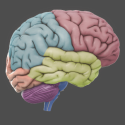
Use your touch screen to rotate and zoom around 29 interactive structures. Discover how each brain region functions, what happens when it is injured, and how it is involved in mental illness. Each detailed structure comes with information on functions, disorders, brain damage, case studies, and links to modern research
